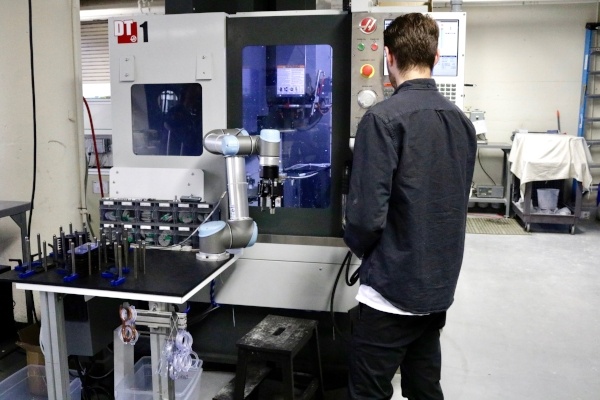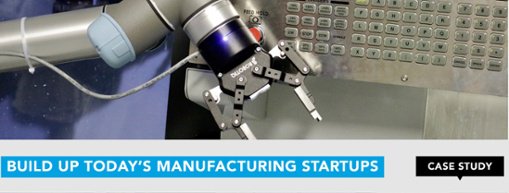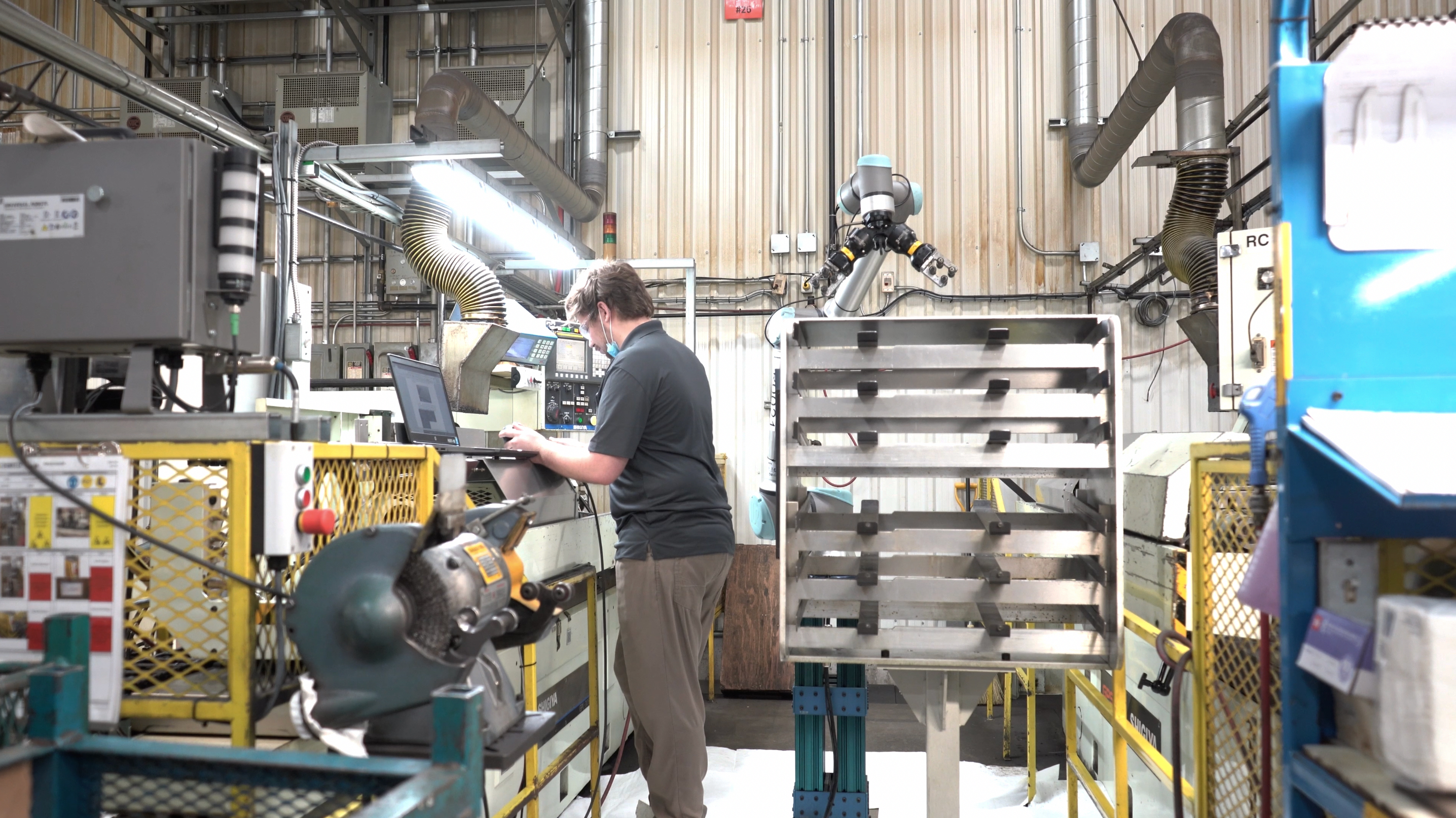How Today's Collaborative Robots Are Cheaper Than Fenced Options

Posted on Jun 13, 2017 7:00 AM. 3 min read time
Until recent years, robots in manufacturing were limited to fenced options that were large, took up a lot of space on the floor, and had to be isolated from their human co-workers. With the rise of collaborative robots, we now have plenty of new options that cost less in a number of ways beyond the obvious price point.
3 Ways Collaborative Robots Cost Less Than Fenced Choices
Looking at straight pricing for robots, you’ll see a lot of options for how you want to automate your processes. If we look a little deeper beyond the initial cost, it becomes obvious that collaborative options are far less expensive. Let’s take a look:

1. Less Room For Error
Humans make mistakes, but robots rarely make an error. Today’s collaborative options can perform simple tasks repeatedly with little to no error over a long period of time. The simple fact, is that human error costs money as products may become ruined or broken and must be thrown away.
A perfect example is the situation that Dynamic found themselves in. This is a company who mass produces molds for mass production of small plastic and metal parts. Prior to using a robot, Dynamic lost countless dollars to mistakes made by four-person teams working on the plant’s floor.
Without a robot, four people had to operate a complex machine to produce the product, but a single mistake would ruin the entire process and all those parts had to be disposed of. The robot that they purchased took the team down to two, including the human who worked with the collaborative robot, which was the UR10 model, purchased from Universal Robots for $35,000. It quickly paid for itself, however, through the lack of parts that needed to be disposed of once it came on board.
The other three humans who normally had to work within the process, were now free to inspect finished products and assist in other steps of the process. Without the room for error, the company saved tons of money since they didn’t have to scrap items that were ruined during the process.
2. No Risk of Accidents
Fenced robots are isolated because of their inherent danger to other humans in the working space. With collaborative robots, there's far less chance of injuries occurring. These are designed to work alongside humans without risk of accidents. They are held to a set of standards called the ISO/TS 15066.
As a result, they have a wide variety of features and technologies in place to understand where humans are in their workspace and slow down or stop if there’s a risk of collision. While not all robots have this feature, other safety options are in place to lower the risk of injury. So, how does this reduce cost? Simple, there aren’t anywhere near as many injuries to take people out of work or bring about the need for compensation from the company.
Injuries on the job can be expensive for everyone involved, so using collaborative robots presents a safer option to reduce these situations for the humans that work in your manufacturing plant.
3. Collaborative Robots Cost Less Long Term
The initial cost of collaborative robots can be the same as industrial robots, but they offer more value in the long-term. Consider these factors:
● Fenced robots need a large amount of space on the floor, thus limiting how many other workers can be producing products in the area. Collaborative robots do not need anywhere near as much space.
● Collaborative robots require less maintenance than fenced options. They can also be programmed with less experience and knowledge than a fenced robot, which would require a specialized employee.
Final Thoughts
Collaborative robots are the way of the future, and the best news, is that the future isn’t expensive. These types of robots are much less expensive in the long run for manufacturers. How do you see savings from your cobots? Let us know in the comments!








Leave a comment